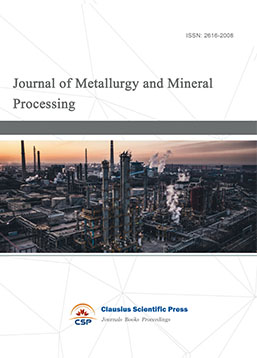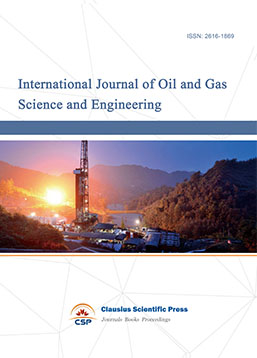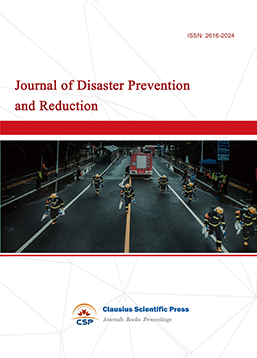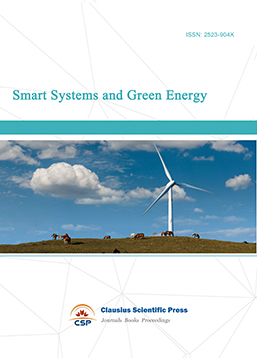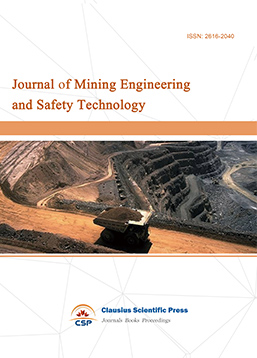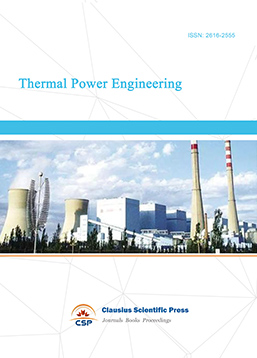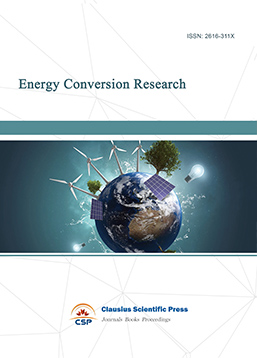Heat transfer analysis and optimization of service based on unsteady heat transfer model
DOI: 10.23977/fpes.2024.030113 | Downloads: 19 | Views: 1072
Author(s)
Yifan Fu 1, Sizhen Yang 1, Xueqin Qiao 1
Affiliation(s)
1 Saxo Fintech Business School, University of Sanya, Sanya, 572022, China
Corresponding Author
Yifan FuABSTRACT
This paper discusses the problem of heat transfer in service based on unsteady heat transfer theory. Firstly, the unsteady partial differential heat transfer equations are established according to the law of conservation of energy, and the initial values and boundary conditions are determined. Two unknown convective heat transfer coefficients are involved in the heat transfer model of the work suit. The optimal heat transfer coefficient is determined by describing the numerical relationship and solving the optimization problem, which can be applied to the thickness design of the work suit. The relationship between the convective heat transfer coefficient and the measured temperature is established by the least square method. Furthermore, the unsteady heat transfer model is solved numerically by explicit difference method, and the stability and accuracy of the model are verified. Finally, according to the solution results, the temperature distribution and parameter fitting effect of the work suit are shown, which proves the effectiveness and reliability of the model in practical application.
KEYWORDS
High temperature service, unsteady heat transfer model, measured temperatureCITE THIS PAPER
Yifan Fu, Sizhen Yang, Xueqin Qiao, Heat transfer analysis and optimization of service based on unsteady heat transfer model. Frontiers in Power and Energy Systems (2024) Vol. 3: 102-108. DOI: http://dx.doi.org/10.23977/fpes.2024.030113.
REFERENCES
[1] Gustavo E, Ibáez Guillermo, López Aracely, et al.Unsteady numerical modeling, experimental validation and optimization of a solar air heater based on the second law of thermodynamics using genetic algorithm[J].Journal of thermal analysis and calorimetry, 2023.DOI:10.1007/s10973-023-12222-0.
[2] Li Zhengyi, Shen Ziheng. Hot work under the background of the skin of the lateral change of the temperature simulation [J]. High and new science and technology of China, 2020, (18): 143-144.
[3] Li X, Wang Y, Zhou F, et al.Research on vacuum glass insulation performance prediction based on unsteady state multivariate data screening and multi-model fusion self-optimization[J].Engineering Applications of Artificial Intelligence, 2024, 133.DOI:10.1016/j.engappai.2024.108237.
[4] Jin Tao. The temperature of the hot work is special clothing distribution model [J]. Journal of fire (electronic version), 2020, 6 (1): 24 to 28.
[5] Tan Bowen, Zhang Zhe, Zhang Yulin. Clothing design for high temperature operation based on Heat transfer model [J]. Scientific Advice (Science and Technology•Management), 2020, (05): 59-61.
[6] Wu Yunbiao, Zhang Yu, Zhang Haitao, et al. Based on heat transfer model of hot work for dress design and optimization [J]. Journal of college of yulin, 2020, 30 (02): 88-92.
[7] Zhang Shan-Shan, Chen Peng, Tao Xuelian, et al. Based on quantum genetic algorithm to the optimal thickness of high temperature protective clothing research [J]. Journal of natural science of heilongjiang university, 2020 ((01): 45-51.
[8] Peng Jing, Li Yutong, Cheng Danguo, et al. Mathematical Modeling Analysis and Design of Clothing for Multi-layer High-temperature Operation [J]. Neijiang Science and Technology, 20, 41(01): 47-48.
[9] Wang Peipei, Wang Shuai, Ou Xinxin, et al. Based on heat transfer mathematical model of heat work clothing fabric thickness design [J]. Journal of jianghan university (natural science edition), 2019, 47 (6): 535-540.
[10] Zhang Yu, Miao Jie, Han Linxiu. Optimal design of clothing for high temperature operation [J]. Journal of Nantong Vocational University, 2019, 33(03): 59-62+99.
| Downloads: | 494 |
|---|---|
| Visits: | 34925 |
Sponsors, Associates, and Links

 Download as PDF
Download as PDF